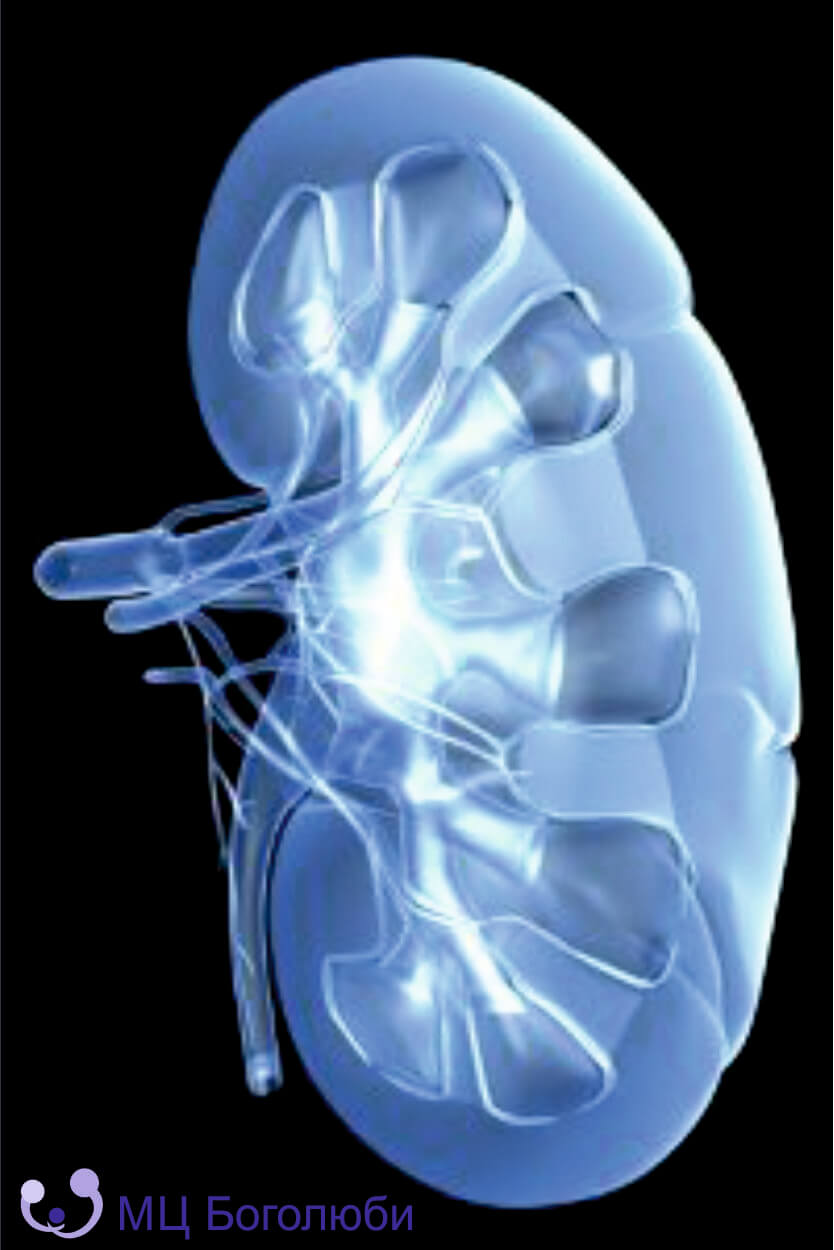Urolithiasis is characterized by the formation of kidney stones in the kidneys by the deposition of minerals in urine. Typically, urine contains substances that prevent stone formation, but such compounds are not always present in sufficient quantities or not effectively perform their function.
Risk factors and causes of urolithiasis
Kidney stones are widespread, about 3% of the world's population suffers from urolithiasis. Men from 20 to 40 years old are at particular risk. In this age group, due to the simultaneous presence of several risk factors, the disease rate is more than 15%.
The causes of stones are still not fully understood, although some predisposing factors significantly increase the likelihood of a disease. Among the risk factors we can safely name:
- reduced fluid intake;
- dehydration;
- urine pH below 5;
- family history of kidney disease;
- chronic urinary tract infections;
- abuse of salty foods and synthetic vitamin supplements;
- hyperthyroidism.
Symptoms of kidney stones
The cause of renal colic is a blockage in the passage of urine. Blockage of the duct occurs inside the kidney itself or inside the ureter. Some colic can be very painful, it all depends on the size of the stone and the sensitivity threshold of the patient.
Renal colic appears, as a rule, on one side of the body and suddenly. When the calculus moves down the ureter, closer to the bladder, frequent urination and a burning sensation occur. All of these symptoms can be associated with other disorders, such as nausea, vomiting, turbid urine, sometimes with blood and an unpleasant odor.
Diagnosis of urolithiasis
Urinalysis in urolithiasis is intended to determine changes in electrolyte balance and the possible presence of traces of blood. X-ray image shows the localization of calcareous stones as an opaque substance in the picture. Ultrasound is more sensitive than traditional x-rays, but it is not always able to provide clear information.
How to treat kidney stones
Treatment of renal colic consists in the administration of antispasmodic drugs to reduce the contractility of smooth muscles and painkillers to reduce the pain. If it does not help, surgical methods are used. With calculus sizes less than 4 mm, spontaneous excretion is observed in 80% of cases.
Laser lithotripsy is a modern method of crushing stones using a laser. This method has been successfully used at the Bogoliuby MC. The price of the procedure for today is 2900 UAH.

















